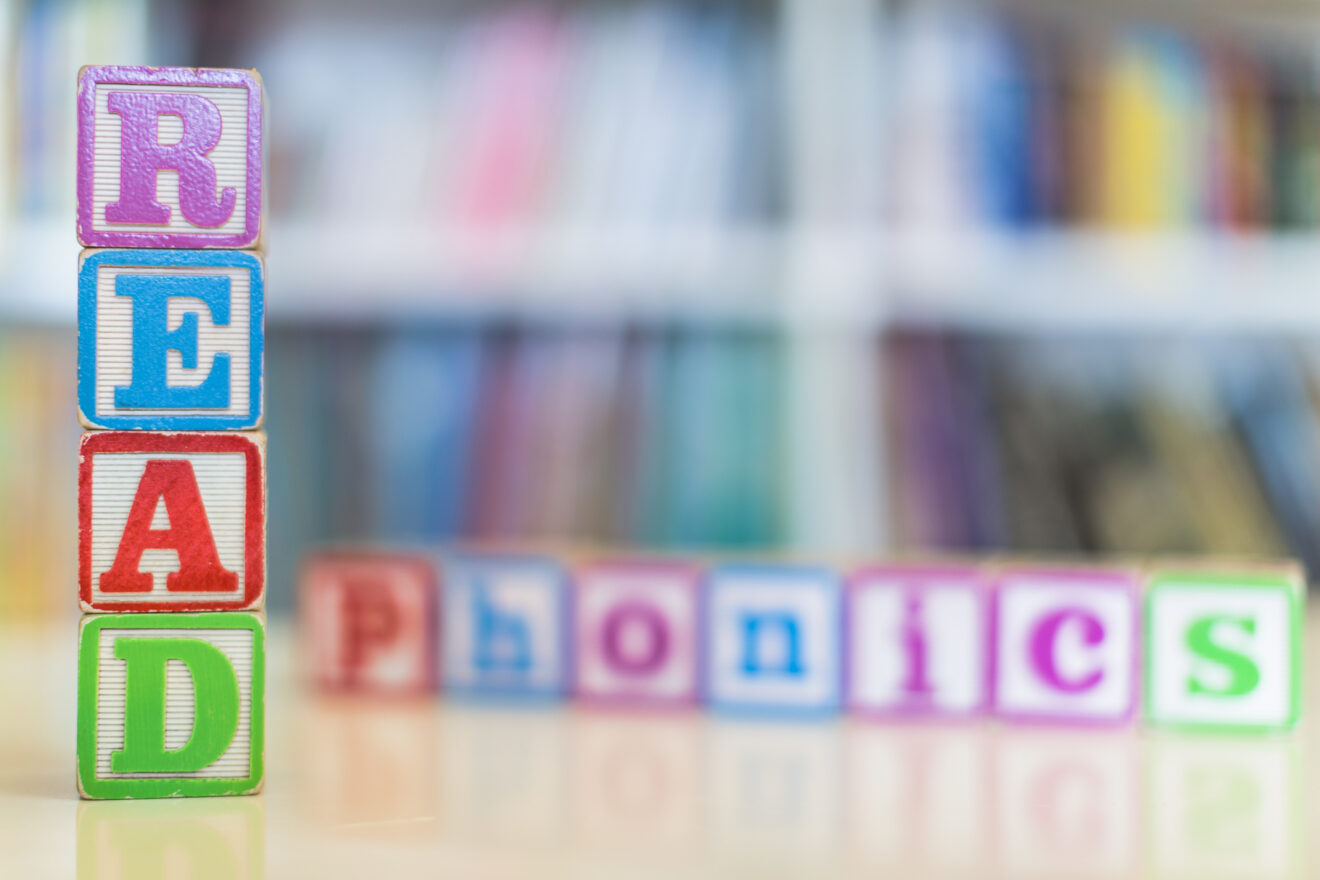
America has a reading crisis. Only one-third of American students are reading proficiently by fourth grade, according to the National Assessment of Educational Progress. And, while school closures as a result of the pandemic seem to largely be a thing of the past now, they’ve greatly exacerbated the problem that American school systems have been in for decades. Certainly there are many factors at work, but a major cause of this crisis is the widespread use of teaching and assessment methods that aren’t particularly effective and are even, sometimes, harmful.
Why balanced literacy is flawed
One such approach, balanced literacy, is built on the belief that exposing students to authentic text and sprinkling in some phonics instruction will make students become readers. This approach asks teachers to use something called the three-cueing system, a process designed to help students “read” unfamiliar words by using context and sentence structure to think about what word would make sense. These cues can be helpful for students trying to come up with words they don’t know, but the thing is, they’re not actually reading. They are guessing, and guessing doesn’t help students form proficient reading habits — it impedes real reading growth.
The good news is that a huge and growing body of evidence points to much more effective practices, known collectively as the science of reading. To become proficient readers, students need to keep their attention on the letters and their corresponding sounds to figure out unknown words, rather than guessing words based on meaning, pictures or syntax. Forging this connection between sounds and letters ensures students will be able to store words and word patterns in their long-term memory so they can apply their learning across multiple texts and gain fluency.
The science of reading is a body of research and evidence from multiple disciplines focused on how the brain learns to read. Instead of being based in anecdotes and philosophies, it’s based on data from fields including cognitive science, linguistics and neuroscience. Mississippi, which reimagined its reading instruction based on the science of reading in 2013, was the only state in the most recent National Assessment of Educational Progress where fourth-grade students showed meaningful progress in reading. By July 2022, 29 states and the District of Columbia had followed Mississippi’s lead in adopting instruction based in the science of reading.
How to start with the science of reading
Unfortunately, though, many educators weren’t taught to use the science of reading in their teacher training. Traditional ways of doing things become ingrained, and, even when there are demonstrably better strategies, changing them can be hard. Here are a few tips to make the transition a little easier.
1. Focus on the why
To understand the “why” behind the instructional shifts, educators need to know how the brain learns to read. For example, the ability to identify and manipulate sounds in the spoken language, also known as phonemic awareness, is a key element in that learning. Can students produce the word cat if their teacher says “c-a-t”? Can students say all the sounds they hear in the word “fish”? As the biggest predictor of reading proficiency, these skills are of the utmost importance to be covered in foundational reading.
2. Invest in teachers
Investing in curriculum is great, but investing in teachers is critical. As leading education researcher Louisa Moats, Ed.D., says, “Informed teachers are our best assurance against reading failure. While programs are very helpful tools, programs don’t teach; teachers do.”
Teachers need meaningful professional learning opportunities to change their practices — and they should be paid for that time. As they say, teacher working conditions are student learning conditions. They’ll be more effective in the classroom if they are not pouring from an empty cup.
3. Involve all stakeholders; align all resources
All stakeholders, including teachers, literacy coaches, aides, interventionists, principals and district administrators, need to be involved in a change as big as moving away from balanced literacy to the science of reading. Too often, I have seen schools using the science of reading in the general education classroom, but students who are struggling in reading are taught with balanced literacy principles because the district has not internally aligned goals, resources and money across departments.
Similarly, I’ve heard from frustrated teachers whose schools adopt science of reading practices but still align grading to archaic practices such as leveled reading in kindergarten and first-grade classrooms, which requires them to continue to teach the cueing system mentioned above. This forces teachers to hold on to poor practices simply so their students will look successful on paper.
For the science of reading to be effective, it’s important to be as clear about what tools, practices and resources you are taking away as you are about what you’re bringing in.
Solve crisis with evidence-based practices
Change is hard, and it can be easy to put it off absent a crisis. But the truth is that America’s schools are in a literacy crisis right now. Fortunately, the solution to this crisis is clear: Schools simply need to use evidence-based practices to teach students to read.
Jillian Kaster is a former classroom teacher and currently serves as the community manager for Reading Horizons and as a private tutor. She can be reached at [email protected].
Opinions expressed by SmartBrief contributors are their own.
_________________________
Subscribe to SmartBrief’s FREE email ASCD newsletter to see the latest hot topics in education. It’s among SmartBrief’s more than 250 industry-focused newsletters.
